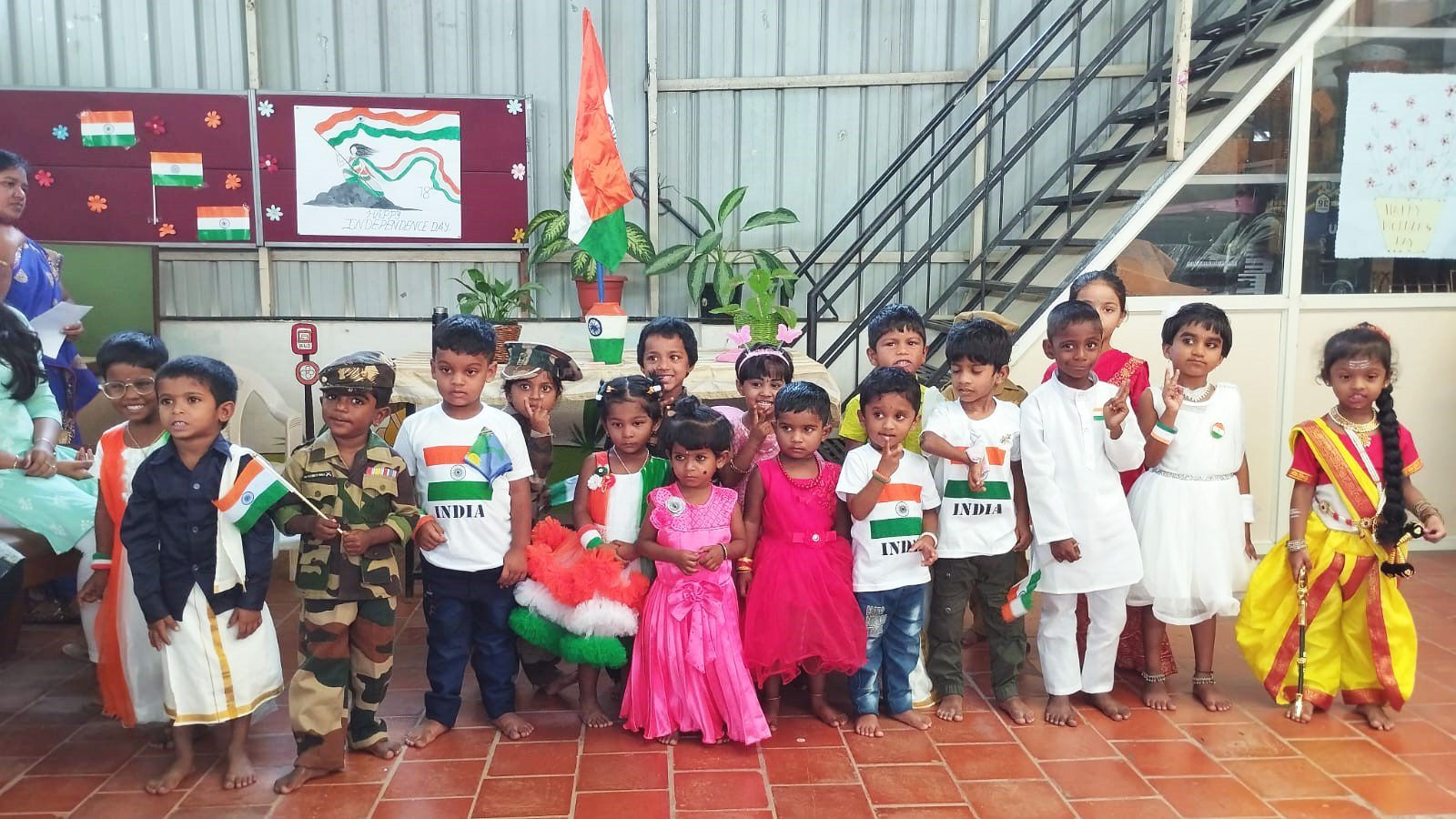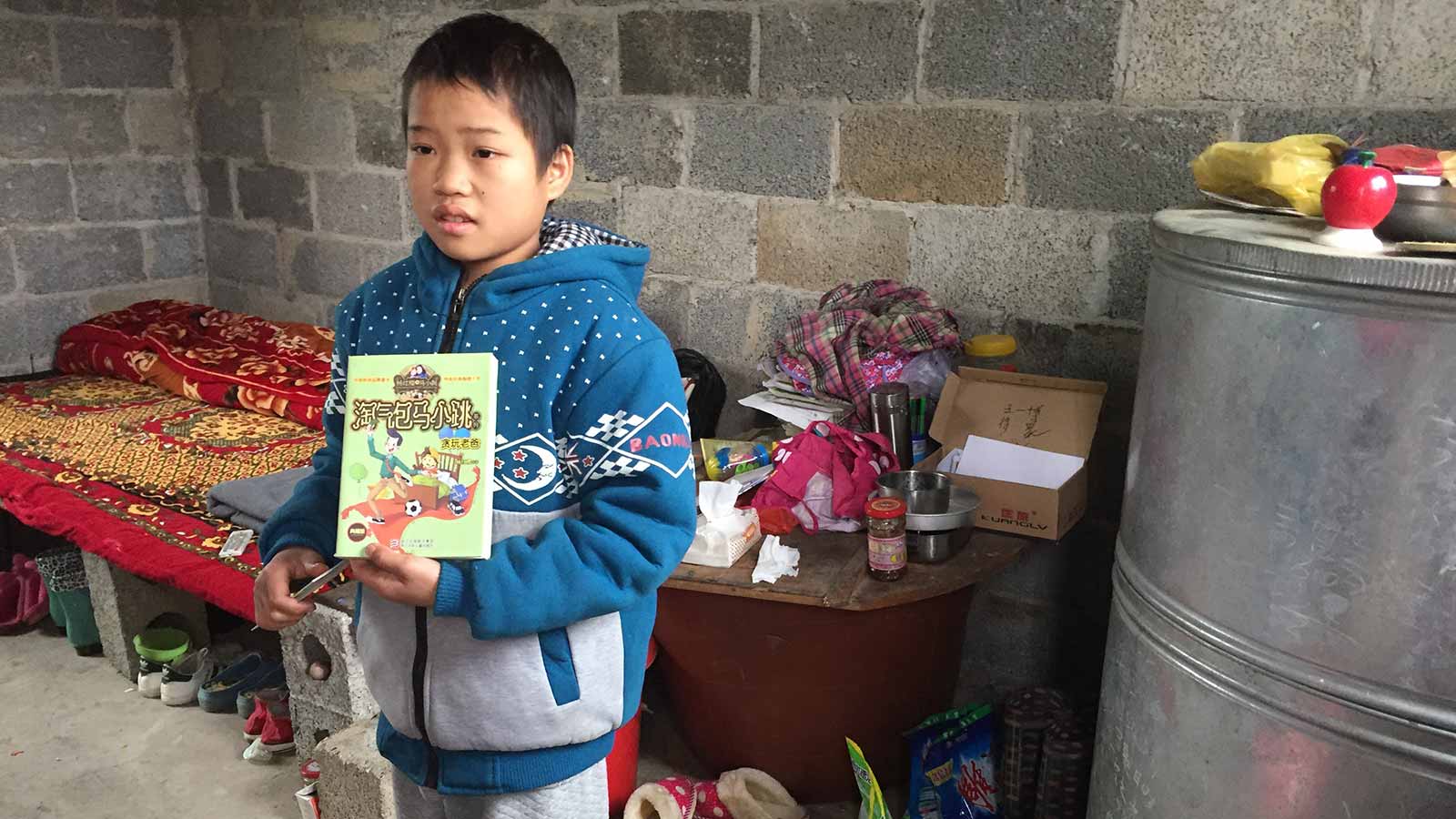If you sponsor — or are thinking about sponsoring — a child in China, here are some facts to help you learn about this ancient nation, its land and its people.
Bordered by 14 countries — including Mongolia to the north, Russia to the northeast, Vietnam and India to the south and Afghanistan to the west — China is an ancient and beautiful land, embodying thousands of years of history and culture. It is marked by the towering Himalaya mountains in the west, the 13,000-mile-long Great Wall of China, winding from east to west, and the massive Yangtze River, the third longest river in the world.
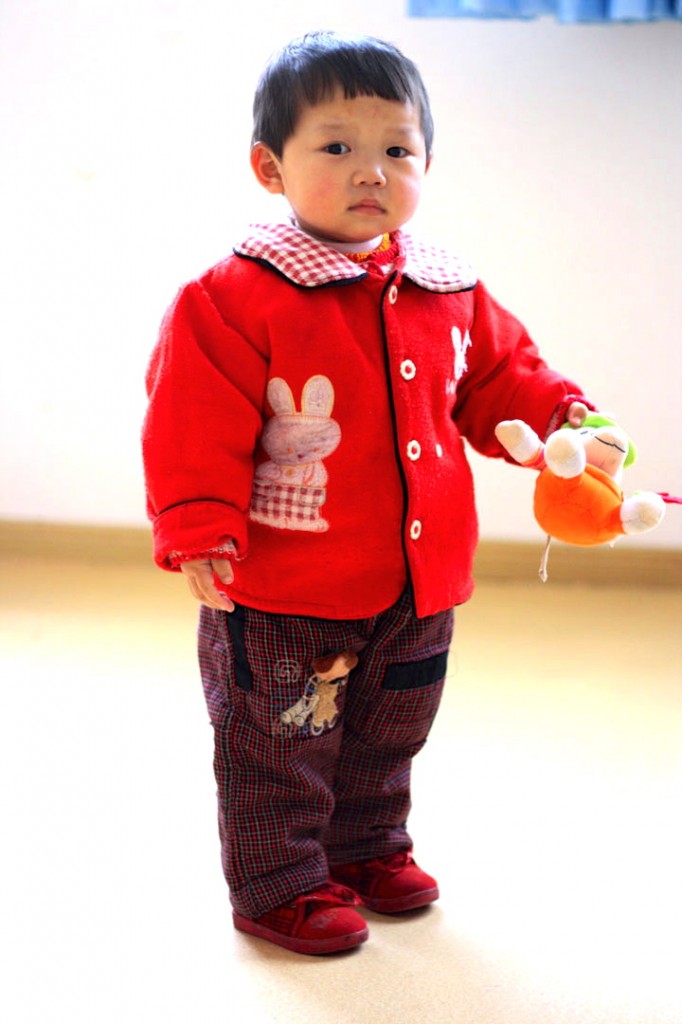
With more than 1.4 billion people, China is the second-most populous nation in the world. About 66% of the country’s inhabitants live in highly dense urban areas, such as Shanghai (29.8 million people) and Beijing (22.1 million people), with many migrating to cities in search of work.
Today, China boasts the world’s second-largest economy, but its wealth is not distributed equally. In rural communities, some children and families live on less than $1.90 a day. In addition, basic living costs in the nation have skyrocketed in recent years due to global inflation, and all of these challenges have affected families in Holt’s programs.
About 66% of people in China live in highly dense urban areas, with many migrating to cities in search of work.
Holt began working in China in 1992, first uniting children in China with families in the U.S. through international adoption. In the years since, Holt’s mission has evolved from an international adoption focus to developing numerous programs and services for the most vulnerable children and families in China. In China, Holt sponsors support family strengthening programs that focus on education to lift children and families out of poverty. Sponsors also provide medical and nutritional care to children living in foster homes and orphanages. Every year, sponsors and donors provide life-changing support for over 47,000 children and families in China.
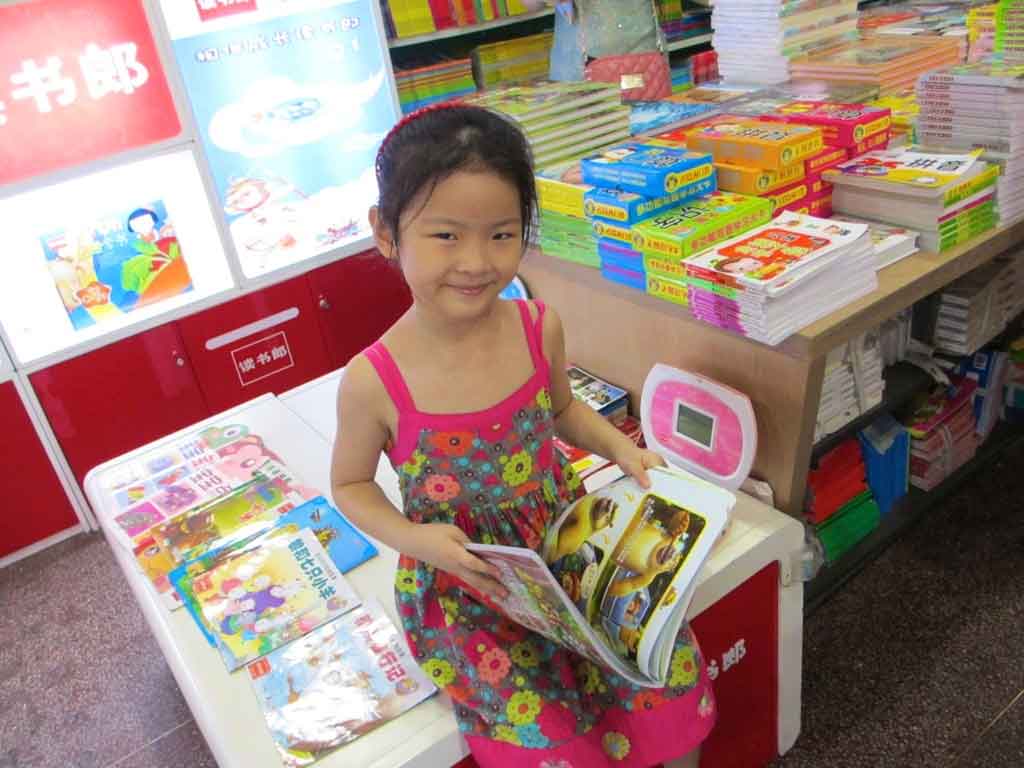
Basic Facts
Capital
Beijing
Population
1.41 billion people (est.)
Official Language
Mandarin, also called Putonghua (“common language”)
Area
3.705 million square miles, slightly smaller than the U.S.
Climate
China’s climate ranges from subarctic in the north to subtropical in the south. During the summer wet season, monsoons cause frequent floods that are both deadly and destructive. Sandstorms are also common in the nation’s drylands.
Religion
Folk religion, 22%; Buddhist, 18%; Christian, 5%; Muslim, 2%; unaffiliated, 52%
Ethnic Groups
56 ethnic groups are officially recognized in China. The Han Chinese is the largest group, at more than 91% of the population.
Type of Government
Chinese Communist Party-led state
National Celebrations
Chinese has seven major national holidays, which celebrate the nation’s culture, history and working people.
Lunar New Year — also known as the Spring Festival — is the most important holiday in China. It begins on the first new moon of the year and ends 15 days later at the full moon. Lunar New Year is marked by banquets, family gatherings, carnivals, dragon dances and firework displays. At the start of Lunar New Year, children receive red envelopes with money (“red pocket” money) for good fortune.
The Lantern Festival takes place on the final day of Lunar New Year. At night, children hang red paper lanterns in the street as a way to let go of the past and usher in the coming year. The lanterns often contain riddles, and those who guess the correct answer may receive a small gift or prize. Families also gather together to eat traditional foods like rice balls with sweet fillings. The round shape of the rice balls is said to symbolize “togetherness” and bring the family harmony, happiness and luck in the new year.
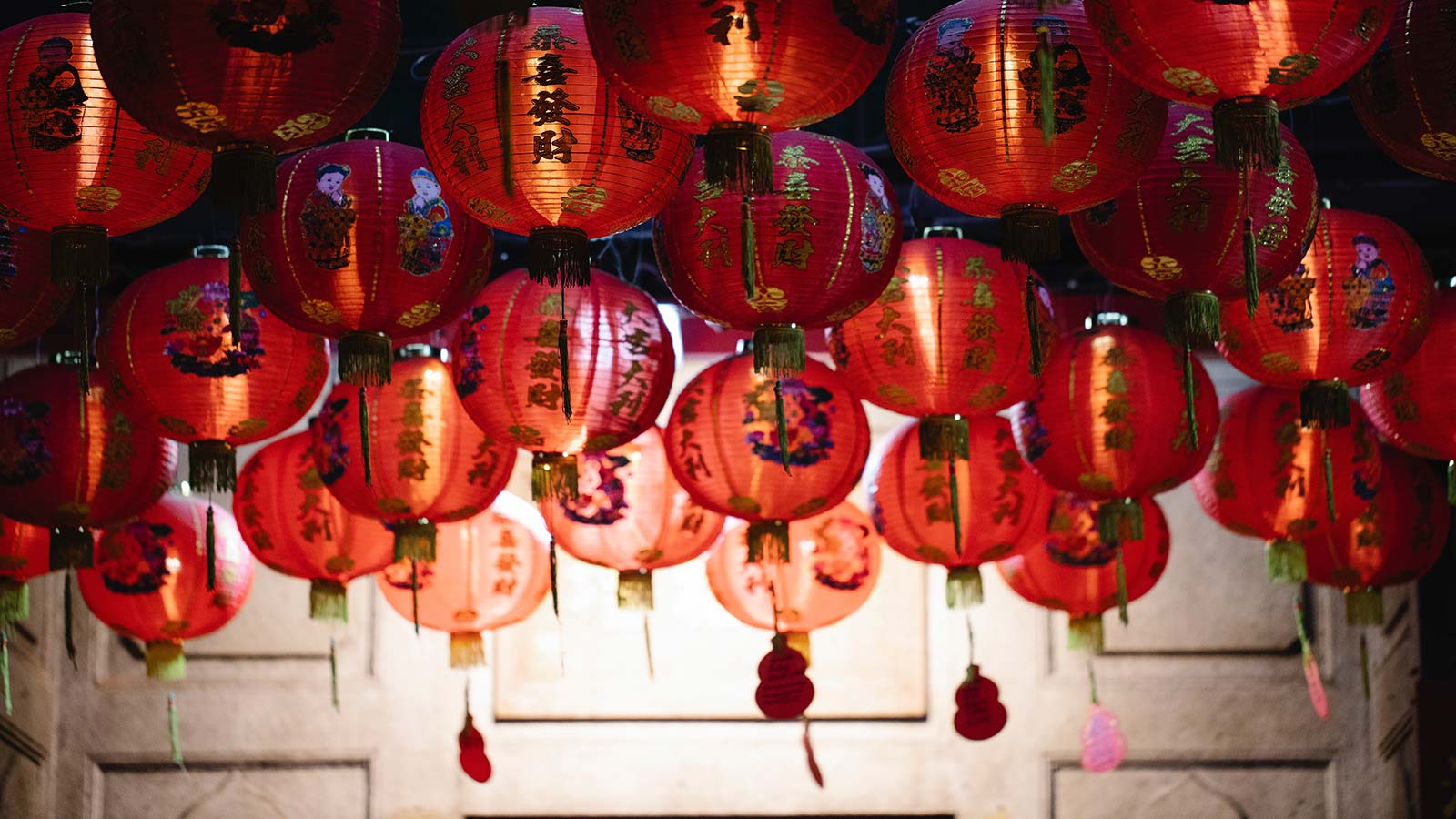
The Mid-Autumn Festival — also known as the Moon Festival — has been celebrated in China for more than 3,000 years. It typically takes place in the month of September or October, at the time of year when the moon is at its brightest and fullest. In Chinese culture, the full moon symbolizes reunion, so this is a time for families to gather together. During the Moon Festival, families eat (and exchange) moon cakes, a small, round pastry stuffed with red beans, nuts, meat or other ingredients. They hang colorful paper lanterns in trees and outside their homes, and sit outdoors to admire the moon — a symbol of peace, prosperity and family reunion.
Chinese Food & Drink
Chinese cuisine is rich and diverse, varying in taste and style from region to region. Dishes from the Sichuan province are bold and spicy in flavor, for example, while dishes from the coastal Guangdong province may be rich in seafood. Tofu, noodles, potatoes, rice and other grains are staples of the Chinese diet, and tea is widely consumed.
Some common Chinese dishes include:
- Steamed or boiled dumplings, filled with minced meat, such as pork, and/or chopped vegetables
- Hot pot, a flavorful broth to which thinly sliced meats, seafood, vegetables, dumplings, tofu and/or other ingredients may be added
- Rice noodles, topped with beef, bamboo shoots, beans, peanuts and shallots
- Chow mein, a stir-fried dish of noodles, meat (usually chicken, beef, shrimp or pork), onions and celery
- Fried rice, to which eggs, vegetables, seafood, meat or other leftovers may be added
- Mapo tofu, a dish consisting of bean curd and minced meat in a spicy sauce
- Char siu or roast meat, often eaten with rice or noodles
- Beijing roast duck, often consumed with thin pancakes and a sauce
- Crayfish, stewed in a broth with ginger, garlic, pepper and spices
Chinese Tea Ceremony
The Chinese tea ceremony — an elegant ritual that involves the preparation and presentation of tea — originated in the Tang dynasty (618 A.D. – 907 A.D.). In modern China, it is often held on important occasions such as weddings, and also as a way to welcome guests into one’s home.
Mealtime Customs
- Eating is an important way of socializing and building relationships among family, friends and business associates in China.
- The Chinese typically eat three meals a day, with dinner being the most hearty.
- Chopsticks are used at most meals.
- Spoons are used for eating soup, but the Chinese do not use knives as most foods are already cut up when prepared.
- Various dishes are placed at the center of the table and served family style. Most main dishes are eaten with rice.
- Elders, young children and guests are usually served first.
- The eldest person in the family is given the “seat of honor,” typically the one facing the entrance of the room.
Social Concerns
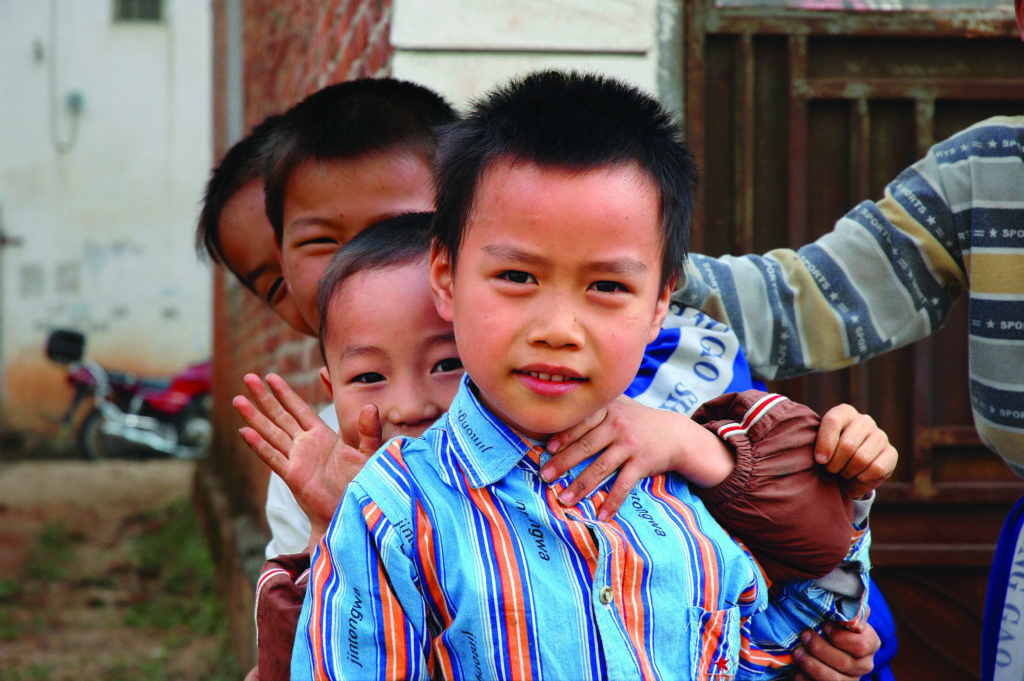
Children “Left Behind”
Today in China, millions of children are growing up without their parents. Many are left behind in rural villages in the care of elderly grandparents or relatives who struggle to provide for them on their own meager resources. In some cases, parents leave their children when they divorce, or when they remarry and their new spouse won’t accept children from a previous marriage. But most parents leave when they migrate to cities in search of work. They leave out of poverty and desperation. Children who are left behind often experience a profound sense of loneliness, loss, neglect, abuse and poverty.
Learn how Holt donors and sponsors are helping children left behind in rural areas of China.
Children With Special Needs
Since 1992, Holt has helped more than 7,700 children from China join loving, permanent families in the U.S. In more recent years, Holt’s China team has helped find loving families for many children in China’s orphanages living with medical, developmental, cognitive or emotional disabilities or special needs.
In August 2024, the Chinese government officially ended its international adoption program, leaving such children to grow up in institutional care. Though Holt will no longer be able to facilitate foreign adoptions, we will continue to provide in-country programs and services for orphaned and vulnerable children — improving the quality of care children receive in orphanages and group homes, and providing support and resources to strengthen families that might otherwise separate under the strains of poverty.
Learn how Holt sponsors and donors help children living in group care in China.
Food Insecurity & Malnutrition
Over the past two decades, rapid development in China’s urban centers has lifted millions of people out of poverty. But in rural communities today, some children and families continue to live on less than $1.90 per day. According to the World Food Programme, about 150.8 million people in China are malnourished, and roughly 9.4% of children are stunted, meaning they are significantly shorter than average for their age.
In rural communities today, some children and families continue to live on less than $1.90 a day.
On top of that, China is one of the most disaster-prone countries in the world. More than 186 million people are exposed to the effects of droughts and floods, which are estimated to reduce the country’s potential grain output by about 20 million tons a year. In the summer of 2022, China was hit by its most severe heatwave in six decades. The heatwave exacerbated a drought that impacted food production and costs throughout the nation. More recently, in August 2024, food prices in China rose by 2.8% over the previous year, with fresh fruits, fresh vegetables and pork showing the biggest increases.
Learn how Holt donors and sponsors help address malnutrition and hunger-related diseases among children in China.
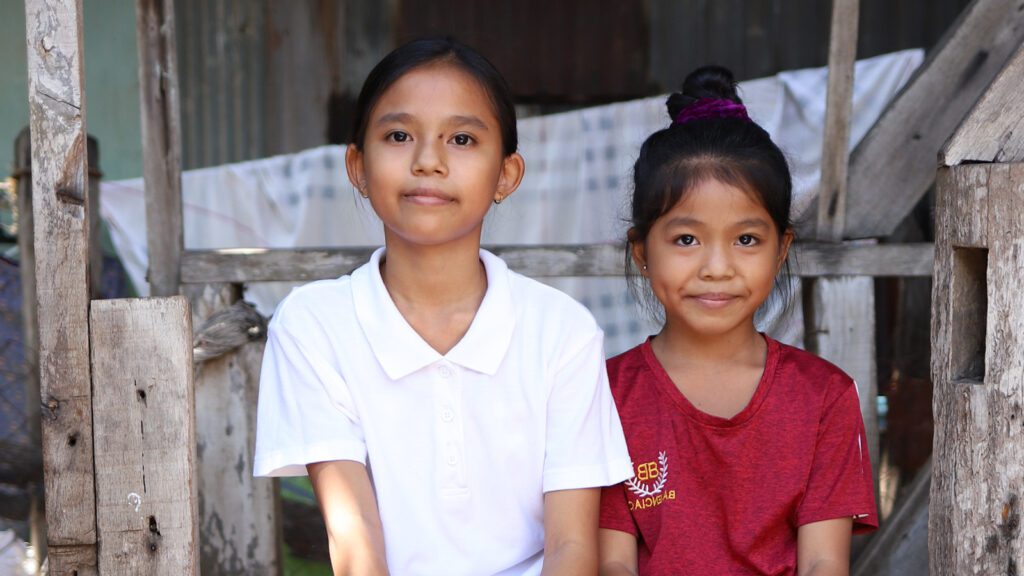
Overcome the Funding Shortfall
In order to keep serving all the children in our care, we need to raise $469,000 by the end of our fiscal year on September 30. Your gift today will provide food, education, supplies to orphanages, lifesaving medical care and more.
Education
Education in China is free and compulsory until the ninth grade, but families still face a lot of costs to educate their children. These include books, uniforms, supplies and supplementary classroom fees. Many families also live in rural or mountainous areas without access to a nearby school. For these families, their only option is to pay room and board for their child to attend a boarding school far from home. Collectively, these fees can overwhelm families living in poverty and cause children to drop out of school early.
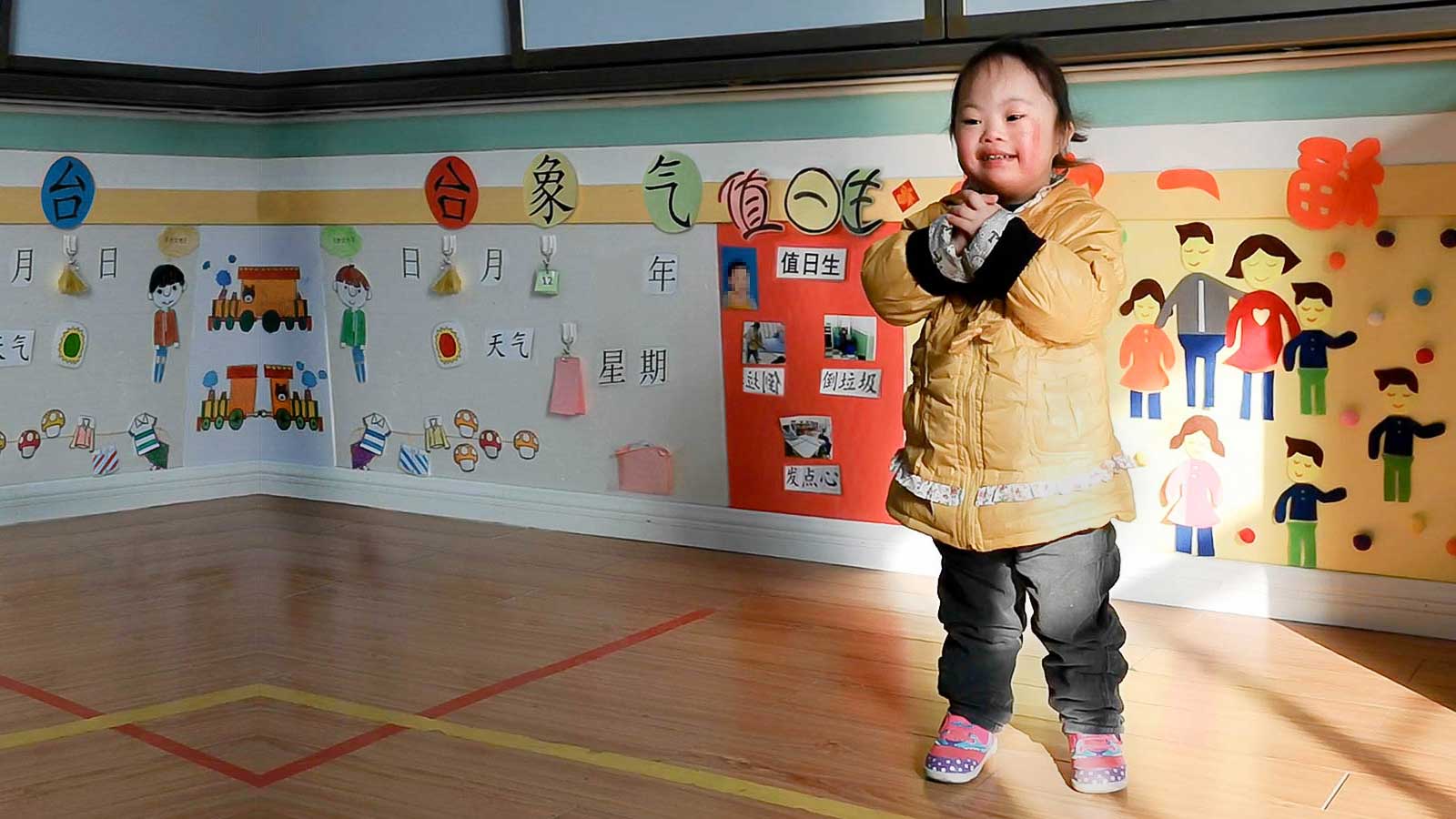
Beyond these concerns, inflation in China has had an impact on education-related costs, with items such as uniforms, school supplies, books and bus prices (for boarding students) continuing to slightly rise. Because of these price hikes, students in Holt’s family strengthening programs face greater economic pressure and worry about whether they can afford their school expenses.
Learn how Holt sponsors and donors are helping students in China receive the gift of an education.
Holt Donors Help Orphans in China Receive Critical Care at Peace House
In 2011, Holt began overseeing a special medical foster home called Peace House for children in orphanage care who are in need of critical medical procedures. At Peace House, located in the city of Tianjin, children receive pre- and post-operative care, and each child is matched with a medically trained caregiver who provides one-on-one, round-the-clock care. The dedicated care children receive at Peace House helps them grow strong enough for surgery. Post surgery, they return to Peace House to recover and heal before returning to orphanage care.
Learn how caregivers at Peace House helped one little boy in China get the critical care he needed.
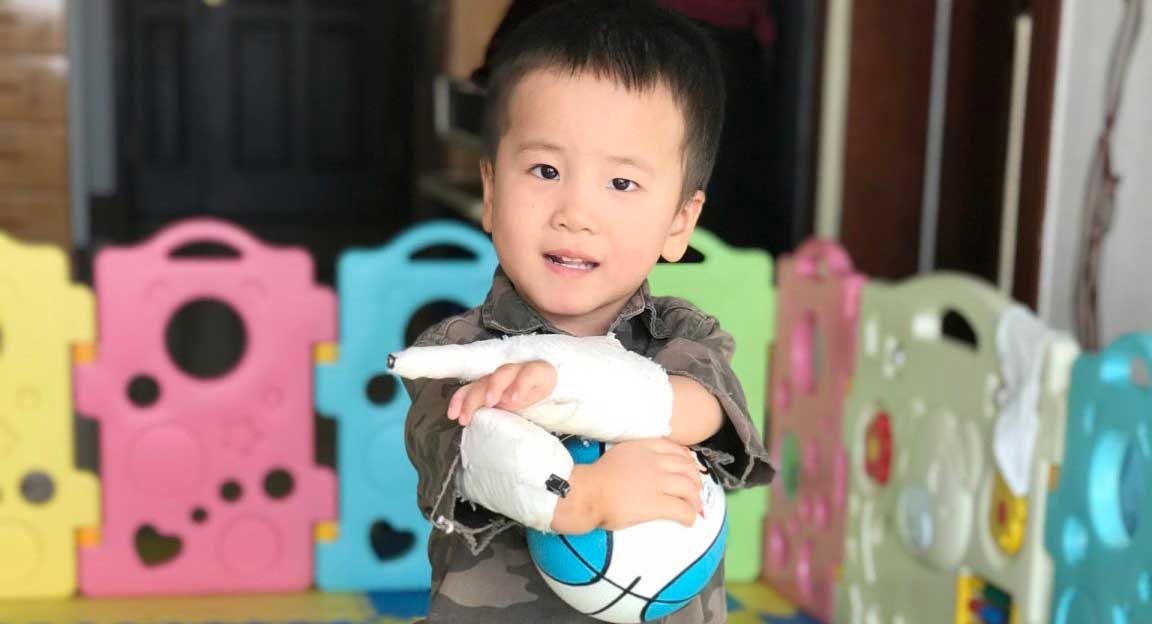
Read more stories about how sponsors and donors help children thrive in China.
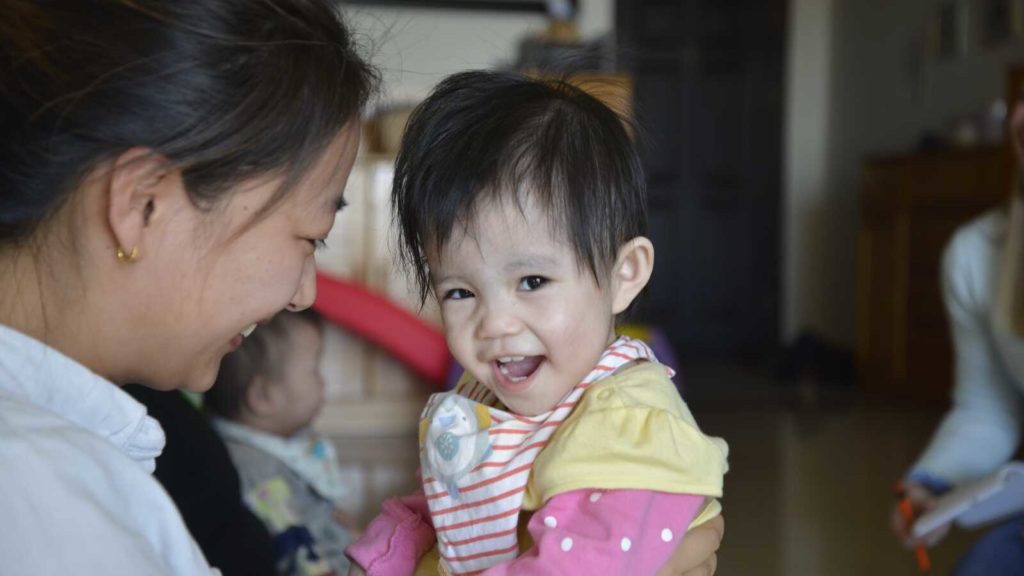
Learn more about Holt’s work in China!
See how sponsors and donors create a brighter, more hopeful future for children and families in China!
